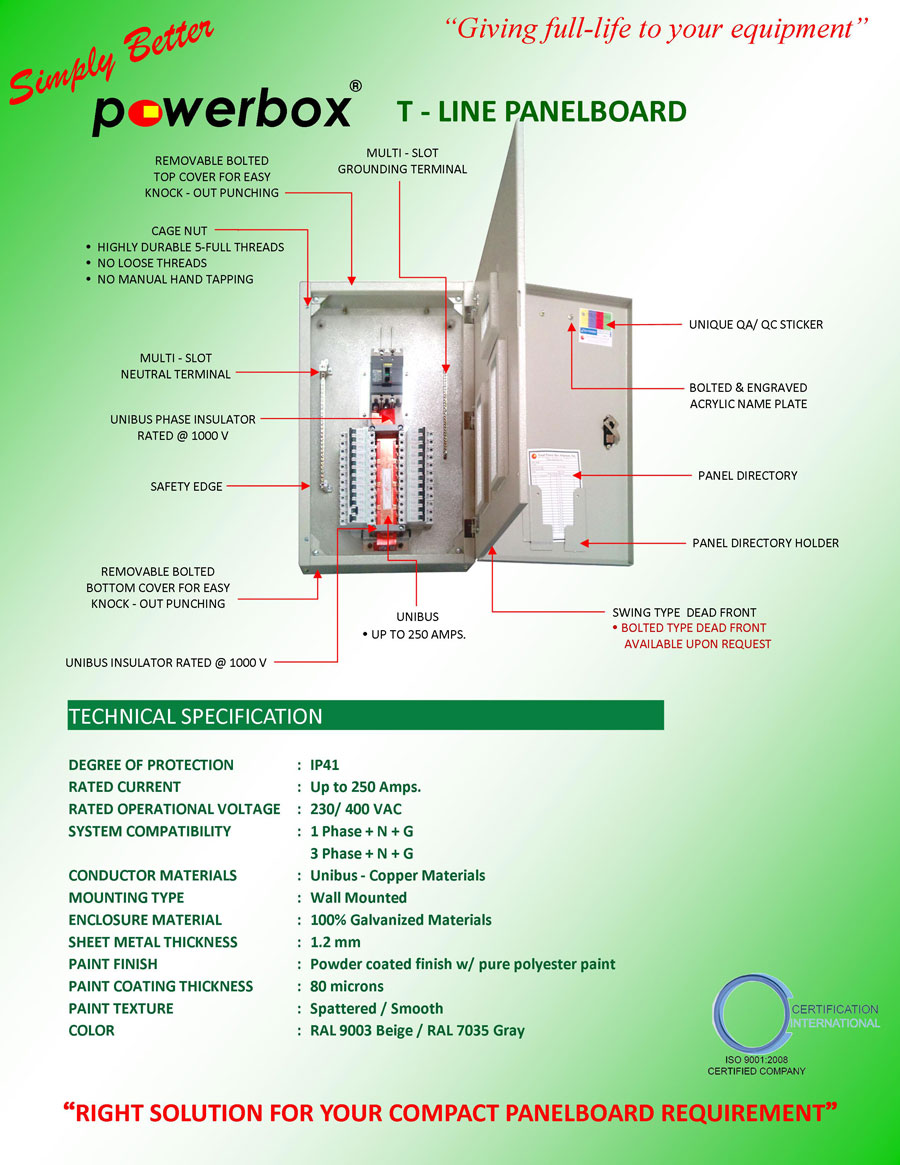JPEE
Member
- Location
- Legazpi city
- Occupation
- Registered Electrical Engineer
Good day engineers, I've read that, bonding of neutral bus and ground bus shall only be done at the MAIN PANEL. As graphically illustrated in Sir Mike Holt books, the main panel which contains the Main disconnecting device is separated from the branch circuit protective devices (which is technically, Sub-Panel). My inquiry is this,
1. What if the construction of the panelboard is "T-LINE PANELBOARD" wherein in this type of arrangement, the main disconnecting device and all the branch circuit protective device contained in one casing. Is bonding of neutral bus and ground bus mandated?
2. If bonding of neutral bus and ground bus are/will be mandated in 'T-LINE PANELBOARD", I believe it will energized the normally non-current equipment, because all the metal parts, like gas/water pipes are bonded in the ground bus. pls help me solve this.
1. What if the construction of the panelboard is "T-LINE PANELBOARD" wherein in this type of arrangement, the main disconnecting device and all the branch circuit protective device contained in one casing. Is bonding of neutral bus and ground bus mandated?
2. If bonding of neutral bus and ground bus are/will be mandated in 'T-LINE PANELBOARD", I believe it will energized the normally non-current equipment, because all the metal parts, like gas/water pipes are bonded in the ground bus. pls help me solve this.


